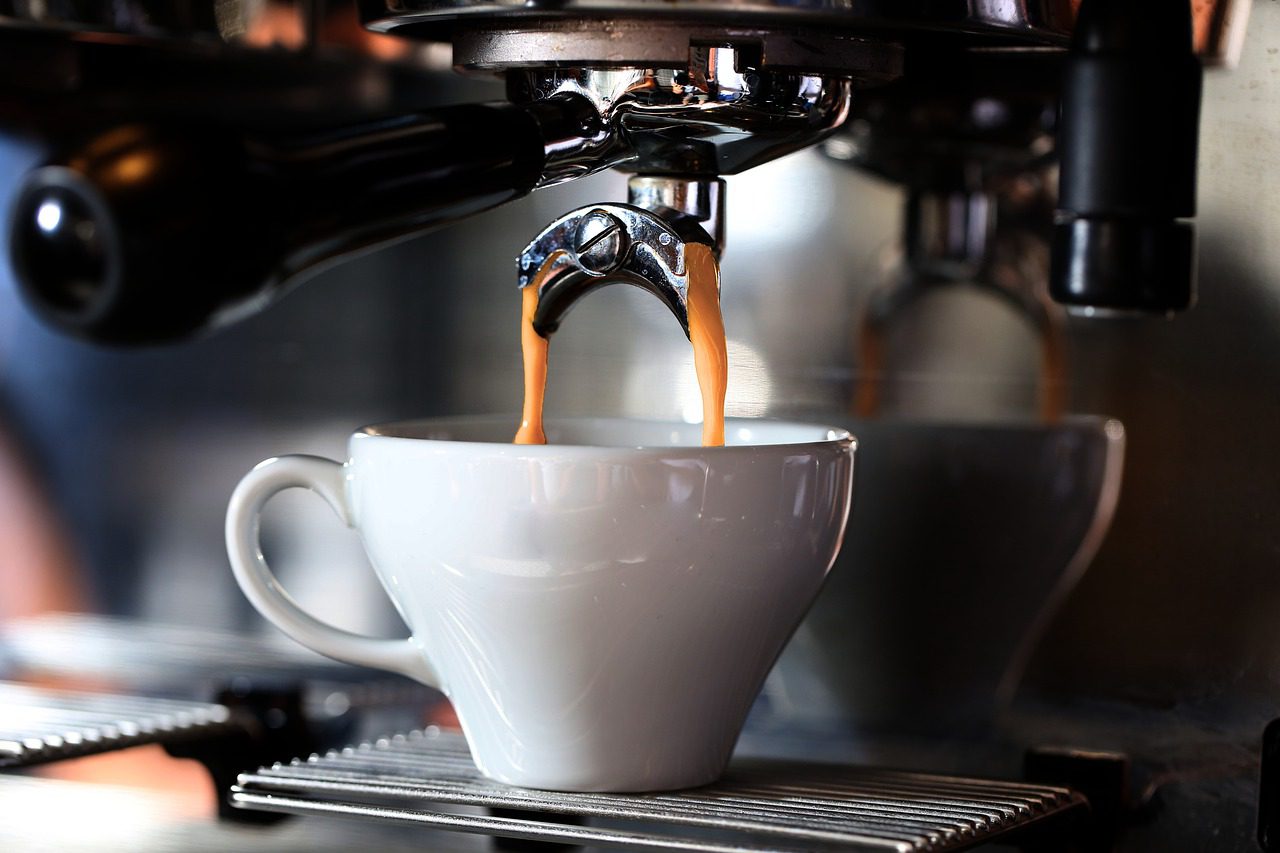
Making the best espresso coffee is our topic in this post. Initially , some people mistakenly pronounce it with an ex prefix, which perhaps may be an almost intuitive mistake considering the quick process of making the best espresso coffee drink.
What espresso means as a coffee
The word itself refers to a highly concentrated coffee beverage that serves as the foundation for a long list of drinks served in cafés around the world.
Espresso concept at a quick glance
A special espresso machine is required to make espresso; the majority of these machines have a chassis and a boiler. Once the water reaches the desired temperature, a pump permits it to flow into a metal head or group, which is filled with compacted grounds.
The water is then forced through the grinds by the machine’s pressure, quickly releasing the priceless coffee oils. Through the head’s bottom spout, liquid coffee exhales.
Espresso is often given in one or two cuts depending on the head or group size of the machine. In the business, espresso is referred to as a shot.
What Defines the best espresso coffee?
You must consider many factors when attempting to create a great espresso.
Coffee Grinding style
With espresso, almost everything comes down to the grind. For making espresso at home, pre-ground coffee is especially challenging. Pre-ground coffee won’t ever be fresh enough for espresso and will almost surely result in a weak or faded shot, even if it is frequently fresh enough for home drip systems.
What you should check daily before espresso preparing

1. Before producing the shots, you should calibrate and verify the grind of your espresso. This is just due to how strongly humidity fluctuation influences espresso.
2. Keep the grind from being too coarse as this will cause the water to pass through the head too rapidly and cause a fade, weak, and thin shot.
3. On the other hand, if it’s too fine, the water will pass through the head too slowly and the result will be a very powerful, thick, and bitter cup of coffee.
4. As a general rule, you should experiment with various grind settings during each session to determine which produces the ideal grind consistency for your machine.
Espresso unique bitterness Taste
Compared to other brewing processes, espresso coffee has a unique flavor. Due of its uniqueness, it frequently benefits from its own blends and roasts. Additionally, it is assured to taste fresh thanks to the steps taken before serving.
The flavor of a top-notch espresso shot should be nearly tangy. It is undoubtedly more bitter than regular coffee to some extent. Due to the milk’s ability to mask the harshness of the espresso, the majority of consumers drink espresso-based lattes.
Limiting bitterness
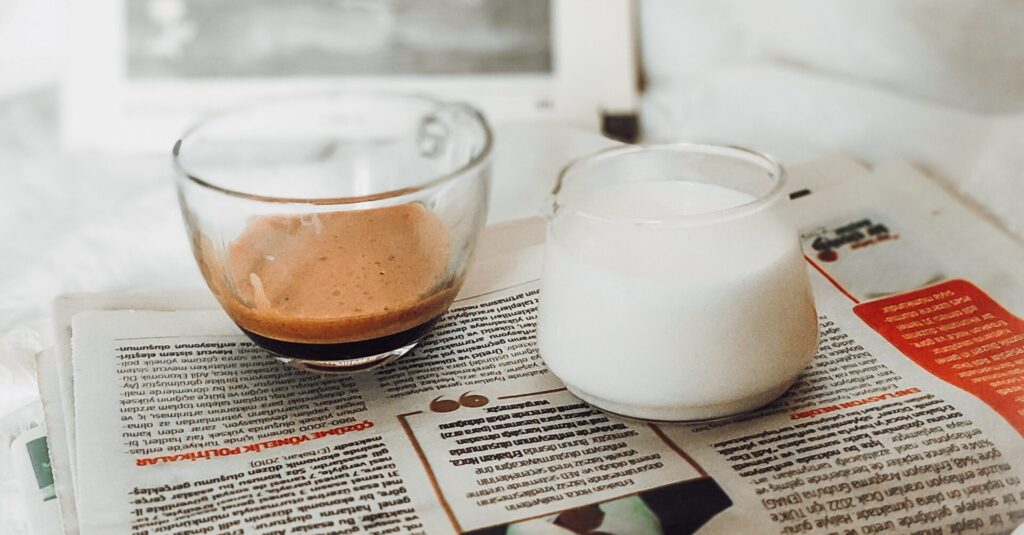
The harshness of some blended espressos or origin coffees can be minimized for connoisseurs who previously drank straight espresso by customizing the brewing method.
Your first espresso may come as a surprise, especially if you weren’t prepared for the bitterness.
We can state with certainty that roast plays a significant role on espresso bitterness.
Try lighter roast coffees to cope with a less bitter espresso. There is a coffee that falls between between the bitterness of a dark roast and the bright acidity of a light roast.
Espresso distinctive Foam
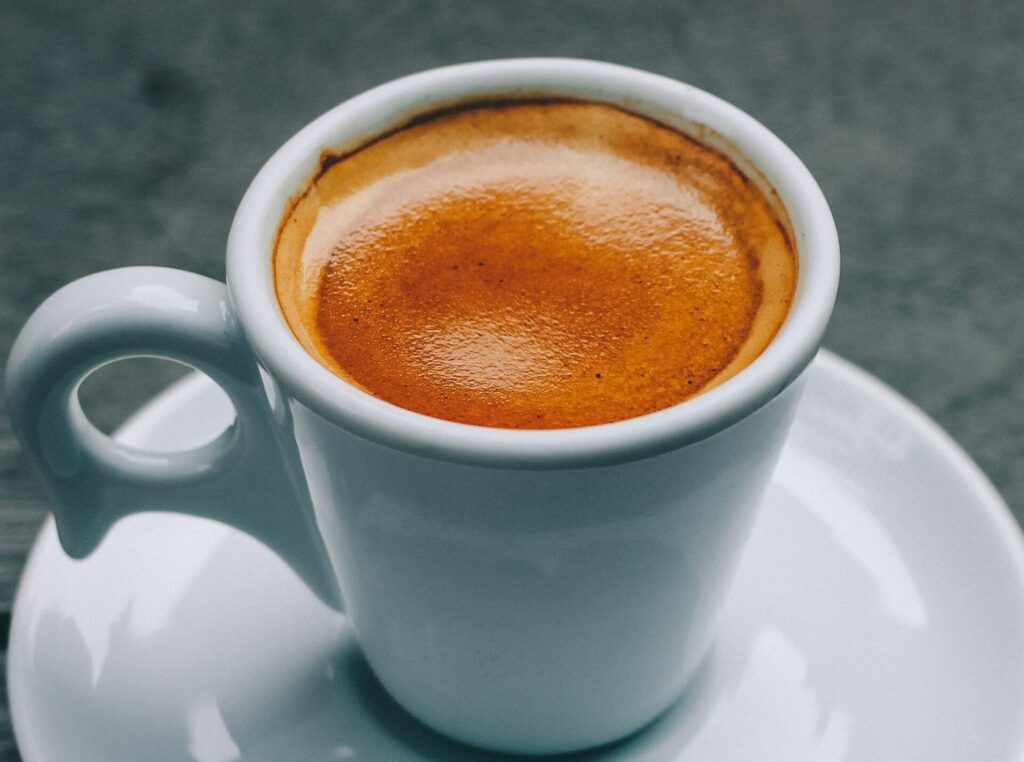
Of course, everyone is aware that the crème, a layer of brownish foam on top of the espresso shot, which should be voluminous and appealing, is the primary visual indicator of any successful espresso shot. This crème also denotes the beverage’s delightful viscosity, or creaminess, which is a key component of its appeal.
The History and Science of Espresso making
Espresso was first adopted by the communist government of Italy in an effort to abbreviate the legendary Italian coffee break.
Espresso was created by Giovanni Achille Gaggia. He tried for years in his Milan coffee shop to lessen the harshness of the coffee by attaching a piston he had patented to the current coffee brewing apparatus.
In general, the modern era’s most important coffee-brewing innovation was espresso. The 1960s saw the growth and invasion of espresso into both popular culture and the world.
An amazing experience
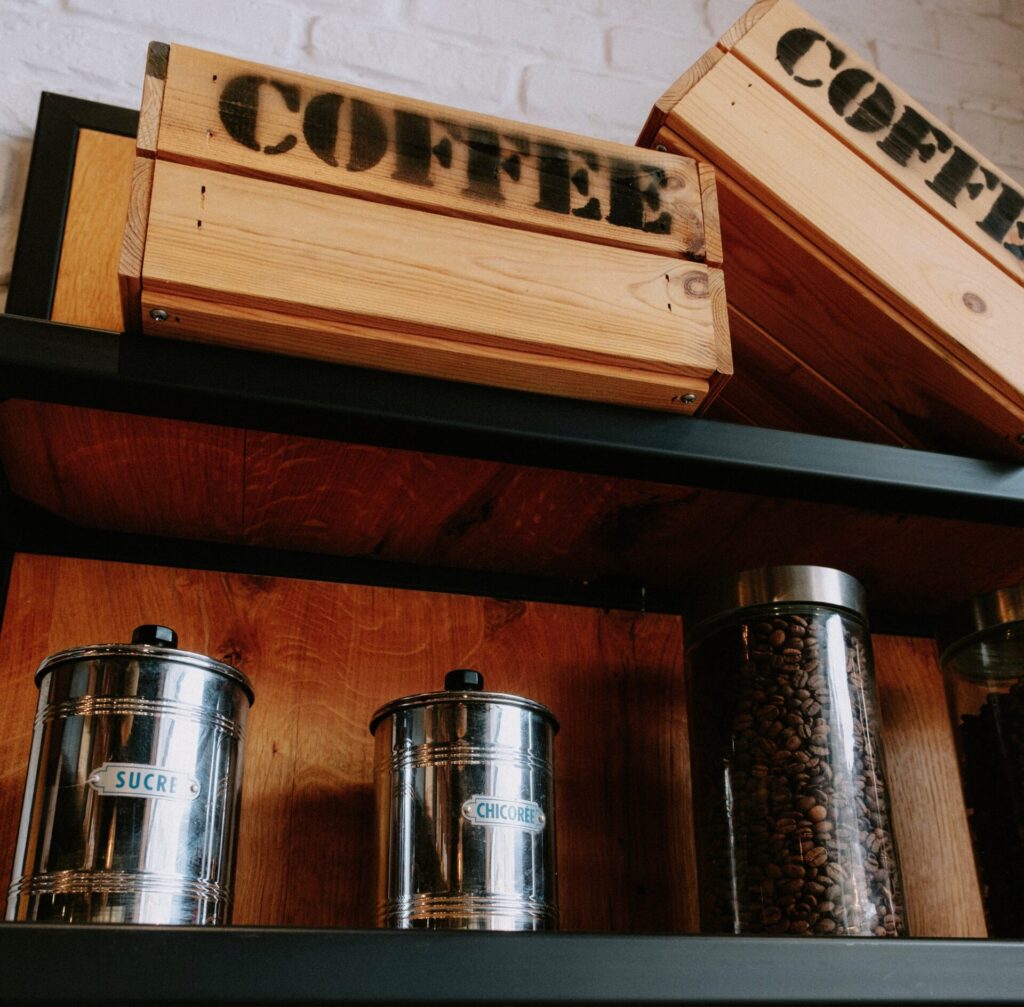
The ability to master espresso shows friends and family how knowledgeable the hobbyist is. Without a doubt, how espresso is made contributes to its charm. Espresso making is a skill that you can master with time and effort.
Contrary to most coffee-making techniques, which rely on gravity or steeping, espresso is a high-pressure extraction process, allowing you to swiftly make a shot with a robust flavor.
Small changes in timing, water pressure, or grind fineness have a big impact on flavor. As an espresso may be brewed in a minute or less, it doesn’t matter if a drip machine takes a few seconds to reach the optimum brew temperature.
Low-Tech Espresso Machines

Espresso-brewing techniques are unique, much like espresso itself.
Commercial espresso machines that are expensive and high-tech can deliver the pressure extraction needed to create the best possible espresso.
Typically, these enormous machines produce espresso with the fragrance, body, and crème qualities of a real espresso.
How can this rich, delicious best espresso coffee be made at home?
Espresso-making doesn’t have to be challenging. With the technology of today, espresso makers are available at a variety of price points, each producing a different end product.
High budget Espresso options
Various price points for both low-tech and high-tech devices are available. And while they all operate using various mechanisms and processes, they all exhibit the same pressure principles.
The more advanced espresso equipment options may be available for you if you are fascinated by technology and your budget allows it.
You may start out by thinking about some of the straightforward, low-tech answers. These might only cost between $40 and $60, like the Neapolitan coffee maker.
The less advanced but more affordable brewing techniques are dependable and perfect for specialized coffee drinks using milk as an ingredient.
It’s possible that expensively produced espresso won’t take home the top prize in the realm of professional espresso.
The Mako-style stovetop pot is possibly the most well-known espresso equipment. It is produced in a variety of sizes and is almost always found in Italian homes.
New Espresso PODS machines

Espresso pods are single-serving, already-ground espresso coffee containers covered in packets of filter paper.
It is really easy. Insert the pod into your espresso filter holder to begin using it. No longer necessary to grind.
The espresso coffee industry invested a lot of time, money, and effort in perfecting packaging to keep the product fresh in your hands.
Pods are not the greatest freshly roasted and ground espresso, but they do provide a respectable substitute when practicality takes precedence over quality.
It’s vital to keep in mind that some pod brewing techniques aren’t espresso, but rather extremely recent, cutting-edge variations on the traditional drip method.
General Espresso Makers information that you should know
Espresso Stovetop Moka
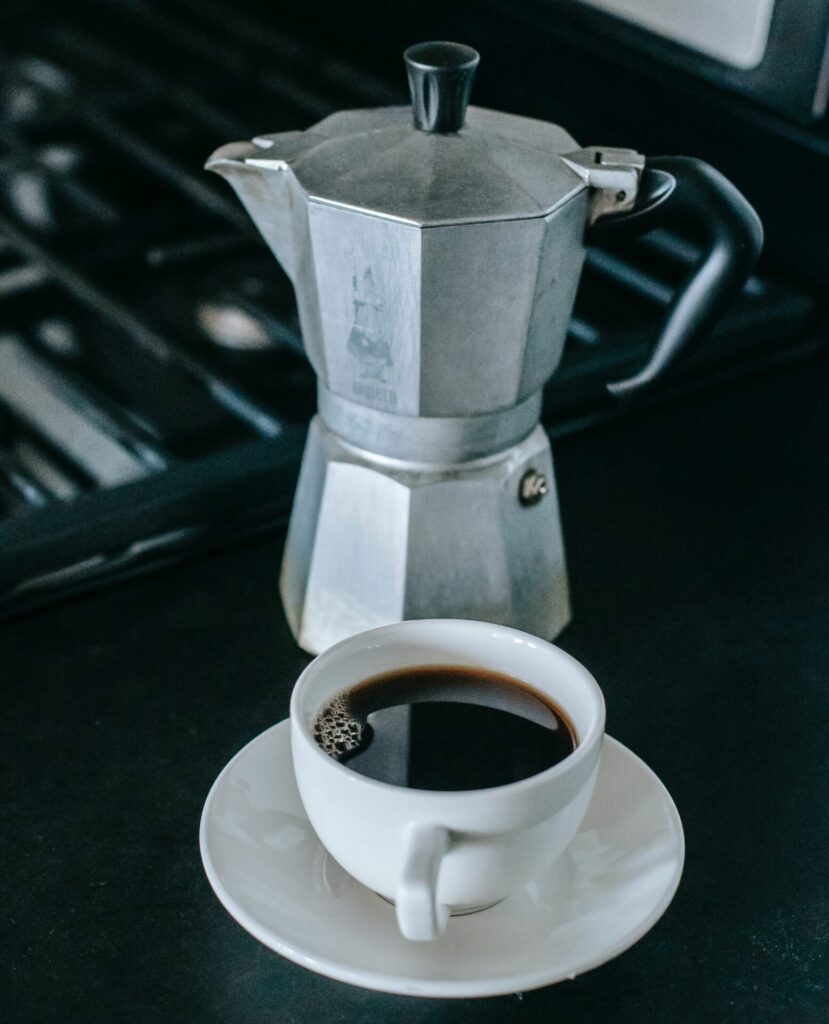
Stovetop moka machines are actually a cross between an espresso and a drip machine. Typically, it doesn’t produce enough pressure to create a crema, although it frequently competes with entry-level espresso machines at a fraction of the price.
Instructions for brewing best espresso coffee on a stovetop Moka
Use only coffee that has been roasted and ground specifically for making espresso and avoid using coffee that has been ground too finely.
Regular filter-drip coffee blends will not function.
To select an espresso brand you enjoy, you might need to try a few. Additionally, a finished cup of espresso from a different brand may have a different flavor, fragrance, and body from cup to cup.
It is advised to merely rinse the maker with water.
The rubber rings should be periodically inspected and replaced if necessary.
When placing the ground coffee in the filter, avoid pressing down on it; instead, pile it up high into a pyramid shape.
To ensure a tight seal, clean the bottom chamber’s rim before screwing on the top chamber.
Make sure the pot is heated to a medium-low setting.
Watch the heat timing as soon as the water starts to boil to prevent over-concentrated heat from making the espresso harsh.
Advantages of stovetop Moka
Low cost, good flavor, required bitterness
Disadvantages of Stovetop Moka
Cleanup, no crème, no milk foam
Manual Piston Machines
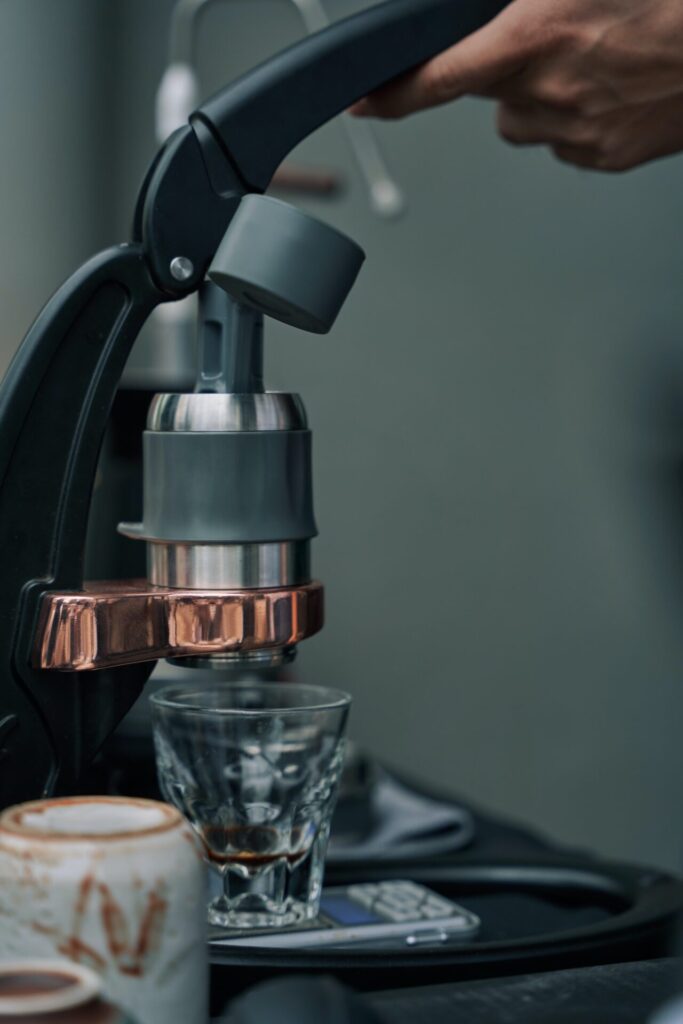
On top of the piston is a lengthy handle. The goal is to physically control the formation of the shot by building up pressure, softly releasing it, and utilizing your own judgment and talent.
The ideal tool for a control freak is this one. It is difficult to use and frequently lacks milk foaming and steaming capabilities. But it’s capable of producing a terrific espresso in the proper hands.
Advantages of manual piston machine
Makes great espresso when you know how to use it properly
Disadvantages of manual piston machine
Not for the faint-hearted, it requires skill, inconsistent frothing.
Automatic Piston Machines

Most espresso enthusiasts dream of having a machine like this. In contrast to the machine previously described, this one contains an internal piston with sufficient pressure to produce flawless milk. This kind of equipment will be kept at home by a skilled barista. These devices should not be confused with fully automatic models.
Advantages: With practice, makes drinks like the cafés do
Disadvantages: Requires time to know how to use it and also money to buy it
Electric Steam Espresso
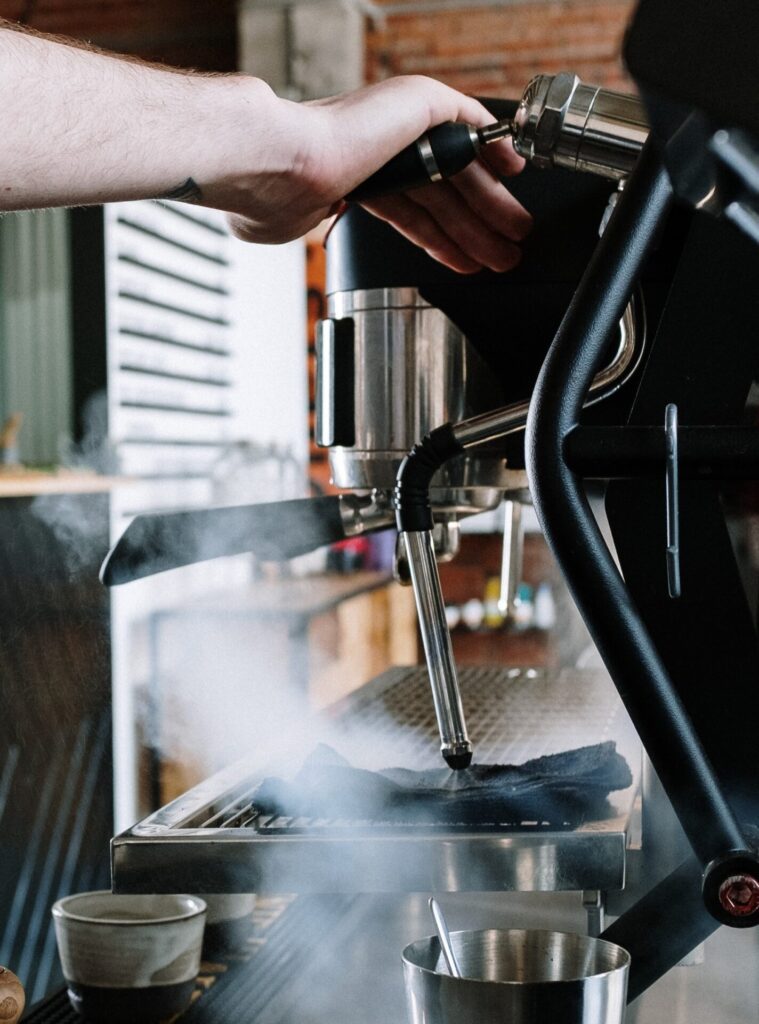
This electric device has the typical appearance of a domestic espresso maker. It has a steam wand, which is a tool used to steam and froth milk rather than prepare coffee. And if you’re on a budget, you might think about ordering one of these since cappuccinos and lattes are the most popular espresso drinks.
However, as espresso, the coffee lacks the tight foam of a well-made commercial shot and the creamy tight bubbles typical of the best cappuccino or latte art. The coffee can still taste quite good.
Advantages of electric steam Espresso
Good near-espresso is produced by several companies at a reasonable retail price thanks to recent advances.
Disadvantages of electrical steam Espresso
The majority of steam machines over extract and make bitter espresso-style drinks, okay milk foam
Pump Espresso Machines
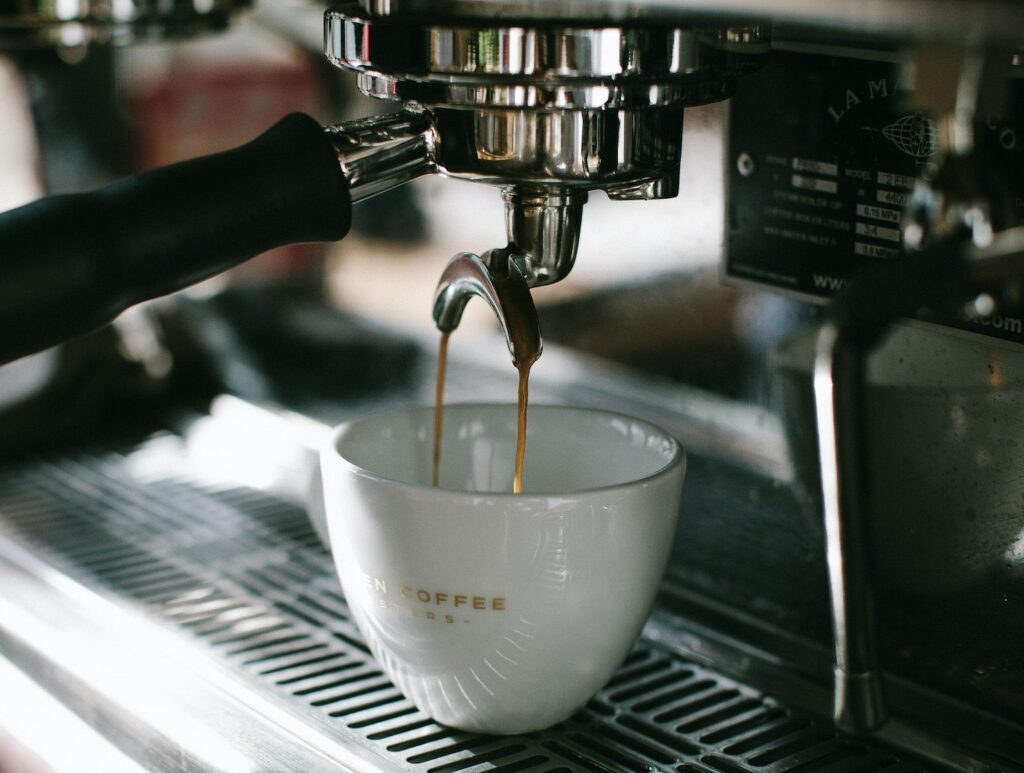
For most home espresso enthusiasts, pump machines are the entry point.
The new commercial espresso business was founded thanks to the discovery of the pump, which enables pressurization and heating of cold water.
Numerous of these machines have ratings in pounds per square inch, which show how much pressure is used to pump water through the grounds and produce strong crema.
Advantages of the pump espresso machine
Gives a great and amazing cup of espresso especially for coffee enthusiasts
Disadvantage of the pump espresso Machine
A little bit costly






